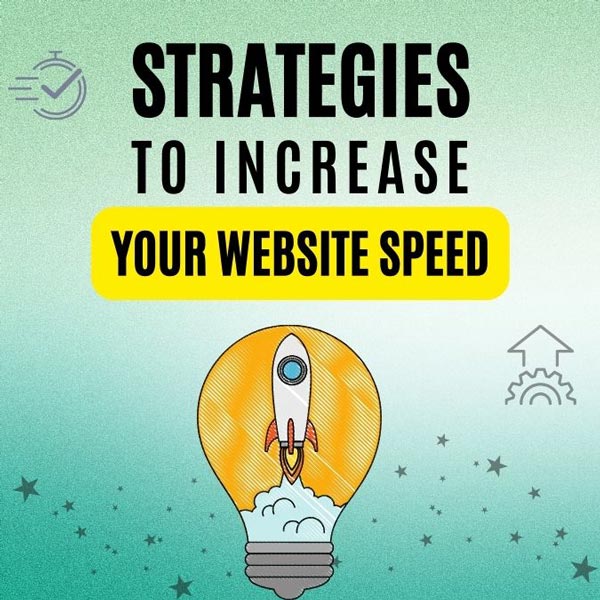- October 12, 2023
- by cubiclestudios
- SEO
- 0 Comments
Page speed is a critical factor in ensuring a great user experience on your website and can significantly impact your search engine rankings. Slow-loading websites frustrate users and lead to higher bounce rates. In this article, we’ll explore ten effective strategies to optimize your website’s page speed. We’ll discuss each strategy under specific headings, provide examples, and recommend tools for implementation.
1. Optimize Images and Media to increase page speed:
Images and media files are often the largest contributors to slow page loading times. To address this issue, you can:
Example: Let’s say you have a high-quality product image that is 2 MB in size. By compressing it using a tool like TinyPNG, you can reduce the file size to 300 KB without compromising quality.
Tools:
2. Minimize HTTP Requests:
Excessive HTTP requests can slow down your website. You can reduce them by:
Example: Combining multiple CSS and JavaScript files into one can decrease the number of requests and speed up your website.
3. Leverage Browser Caching:
Caching helps browsers store static assets locally, reducing the need for repeated downloads. Configure cache headers to optimize this:
Example: Setting cache headers to retain resources for a month means returning visitors don’t need to re-download them.

4. Enable GZIP Compression:
GZIP or Brotli compression can significantly reduce the size of text-based assets. This results in faster load times:
Example: GZIP can compress a 100 KB file to just 20 KB, reducing the time needed for the browser to fetch it.
Also Read: Why Isn’t My Website Ranking: A Comprehensive Guide
5. Reduce Server Response Time:
Optimizing server and database performance is crucial. You can improve response times by:
Example: Upgrading to a faster hosting provider or server infrastructure can reduce server response times and improve website speed.
6. Minimize Render-Blocking Resources:
Render-blocking resources like CSS and JavaScript can slow down your website’s initial rendering. To mitigate this:
Example: By inlining critical CSS within your HTML document, you ensure that the page’s above-the-fold content loads faster.
7. Optimize Code and Scripts:
Optimizing your code can reduce file sizes and accelerate load times. Here’s how:
Example: Minifying JavaScript can shrink a 500 KB script file down to 150 KB, resulting in quicker load times.
Tools:
8. Optimize for Mobile Performance:
With mobile users on the rise, ensuring a mobile-friendly experience is vital:
Example: Use media queries to serve smaller images to mobile devices, reducing data transfer and load times.
9. Monitor and Test Regularly:
Continuous monitoring and testing are crucial for maintaining website speed:
Example: Use Google’s PageSpeed Insights to regularly check your website’s performance and get actionable recommendations.
Tools:
10. Content Delivery Network (CDN):
CDNs distribute content across multiple servers, reducing physical distance and speeding up content delivery:
Example: Using a CDN like Cloudflare can significantly improve load times for users around the world.
Tools:
Website page speed, often referred to as page load time, is a fundamental aspect of web performance that significantly impacts user experience and online success. This metric measures how quickly a web page loads, and it plays a pivotal role in keeping visitors engaged and satisfied. When pages load swiftly, it not only enhances user experience but also improves search engine rankings, as search engines like Google prioritize faster websites. In a digital landscape where attention spans are short and competition is fierce, prioritizing page speed optimization is crucial for retaining and attracting visitors, which, in turn, can lead to higher conversions and overall business success.
Conclusion:
Improving your website’s page speed is an ongoing process that demands attention to various aspects. By following these strategies, utilizing the recommended tools, and staying committed to optimization, you can create a faster, more user-friendly website that stands out in a competitive digital landscape. Faster load times not only enhance user satisfaction but can also boost your site’s search engine rankings, ultimately driving more traffic and conversions.


